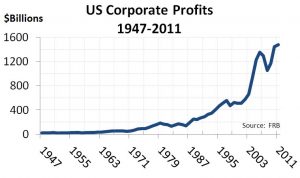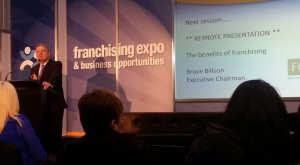I recently attended the Fine Foods Trade Expo at the Melbourne Convention and Exhibition Centre on a cold wet Melbourne Day. You might be wondering what an accountant is doing at such a trade show event?
I find attending such an event gives me a perspective and update on the state of such a key industry. It is a source of ideas and inspiration for me and my clients and, naturally, a place to network with prospective customers.
Officially titled the ‘Fine Food Australia: The 32nd Australian International Food & Drink Exhibition’, the annual four-day trade only event alternates yearly between Melbourne and Sydney.
Over 1,000 exhibitors and 25,000 visitors salivated at the array of available samples alongside over 3,500 interstate buyers and over 700 international buyers from around 50 countries. The 30k SqM of exhibition space was split into 10 smaller zones:- Catering Equipment, Retail Equipment, Hospitality Equipment, Packaging, Baking Food, Fine Food, Meat & Seafood, Free From/ Natural Products, Dairy World, Drinks World and Flavours of the World (International Pavilions).

Regular demonstrations and educational presentations were in evidence along with the usual networking opportunities. Previous Fine Food Show statistics from the 2014 Melbourne Exhibition identified $90k+ in sales leads were generated from an average 100+ leads for each exhibitor. At $3.5k for a 3metre by 3metre booth, the return on investment is sound. Even if you are not directly in the Food business, it might present an opportunity to think outside the box and figure out how you can get involved in this growing agribusiness sector. Packaging companies, ingredient producers, transport entities, shop-fitters etc. should consider attending.
My Take Out
My take-out and thought provoker to you is ‘Have you considered taking out a stand or booth at trade events or expo’s?’ It might be worth considering as it could present an opportunity to find new customers or expand your business networks.
Do you go to any trade shows or expo’s as a visitor just to get some differing incites, trends and ideas you might apply to your own business to provide a sound foundation for business success?

Ross – Billson Advisory




